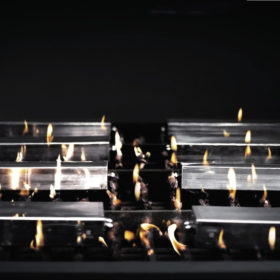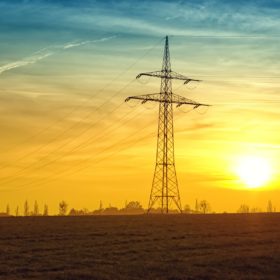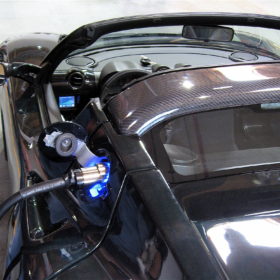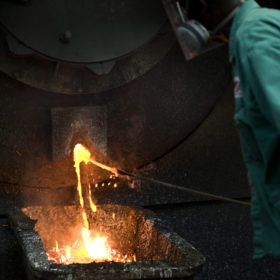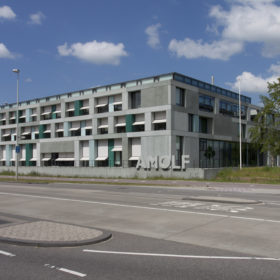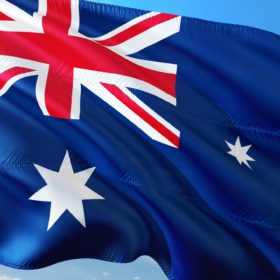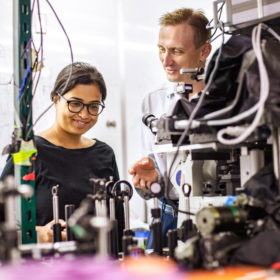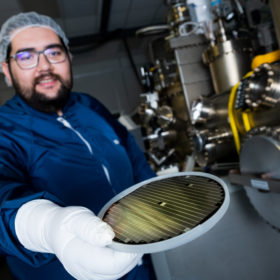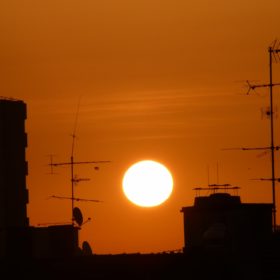ConFlow wraps up acquisition of AI-powered battery testing technology
The company launched a solid-state battery in August it claimed could recharge itself to some degree from electrons in the air. Now ConFlow is preparing to test its devices with the help of artificial intelligence-powered monitoring devices in the new year.
Tennet invests another €235 million to integrate renewables
Dutch transmission system operator Tennet, which also serves Germany, said the investment will be used to connect around 2 GW of renewables generation capacity to the high-voltage transmission system of the northern Netherlands.
‘They created a rechargeable world’
American John B. Goodenough, Brit Stanley Whittingham and Akira Yoshino, from Japan, will receive the Nobel Prize for Chemistry for developing the lithium-ion battery. A statement from the Royal Academy of Sciences of Sweden said the invention “laid the foundations of a society without wires and fossil fuels, and [they] are of great benefit to humanity”.
Do lead batteries have a role in the clean energy transition?
The Consortium for Battery Innovation has outlined research goals for advanced lead-based battery concepts, claiming the potential of the technology is “nowhere near fully exploited”. The group, comprised of lead-battery industry stakeholders, says such devices can play an important role alongside lithium-ion and other storage technologies in electric vehicles, renewable energy storage and other applications.
A new generation of nano-architected, 3D solar cells
A group of scientists at Netherlands based research institute AMOLF have discovered a method for electrochemical printing at the nanoscale. With further optimizations, the group theorizes, the technique could allow for the development of new, three dimensional solar cells.
Siemens backs 5 GW green hydrogen plan for Australia
A massive green hydrogen production project has been unveiled in Western Australia with Siemens on board as technology partner. The location has been touted as Australia’s best for solar and wind power generation potential.
Questioning the quantum behavior of perovskites
Scientists at the University of Texas at Dallas have made a discovery they say has “altered the understanding of the fundamental properties of perovskite crystals”. Their findings could improve understanding of defect formation in perovskites, leading to devices with enhanced performance and stability.
Germanium use reduced in GaAs solar cells by new two-step process
Researchers from Canada have unveiled a new germanium deposition process which is said to eliminate threading dislocations and be significantly cheaper than previous approaches. The scientists say their technique creates nanovoids on the surface of the germanium layer which can attract and annihilate undesirable dislocations.
An oasis of PV
A new study shows solar may help reduce water pumping costs in a desert oasis of Mauritania significantly while reducing water losses. Researchers claim PV water pumping may also help prevent desertification.
New antenna for a better photon harvest
An Italian research team has developed a device that it says can easily be integrated into a PV cell, and can boost its efficiency by converting more light particles into a high energy state before they are absorbed by the cell. The scientists claim that their innovation could offer a green‐to‐blue photon upconversion yield as high as 15%.
